Health & Science
The link between jobs and breast cancer; Monkeys’ midlife meltdown; A super-duper Jupiter; Misdiagnosing ADHD
The link between jobs and breast cancer
Jobs that expose women to plastics and man-made chemicals can greatly elevate their chances of developing breast cancer. That’s the conclusion of a long-term study of more than 2,000 women in Ontario, which found that those who had worked for at least a decade in the food-canning and automotive-plastics industries were almost five times as likely as women in other jobs to develop breast cancer. Researchers suspect that chemicals such as bisphenol A (BPA), which is found in food-can linings, and phthalates, which are found in other kinds of plastics, are to blame for high instances of cancer among such female factory workers, and they point to pesticide exposure as a possible reason why breast cancer risk is also elevated for farmworkers. BPA and phthalates are thought to increase breast cancer risk by mimicking the hormone estrogen. “These workplace chemicals are now present in our air, water, food, and consumer products,” occupational health expert James Brophy of the University of Windsor tells the Toronto Star. The study also found that women who work in bars, casinos, and racetracks had double the risk of breast cancer—perhaps because of exposure to secondhand smoke. About one in eight American women will develop breast cancer during their lifetimes.
Monkeys’ midlife meltdown
The Week
Escape your echo chamber. Get the facts behind the news, plus analysis from multiple perspectives.

Sign up for The Week's Free Newsletters
From our morning news briefing to a weekly Good News Newsletter, get the best of The Week delivered directly to your inbox.
From our morning news briefing to a weekly Good News Newsletter, get the best of The Week delivered directly to your inbox.
Humans aren’t alone in facing a midlife crisis—middle-aged apes get the blues, too. Researchers sent questionnaires to zookeepers responsible for more than 500 chimpanzees and orangutans around the world and asked them to rate the apes’ general mood, sociability, and tendency to strive to get things they wanted. They found that the apes seemed to become more depressed and less engaged with their surroundings in midlife, before perking up again in their twilight years. That pattern mirrors what happens in humans, who, regardless of where they live or what their social and economic circumstances are, tend to see their emotional well-being begin to decline at age 20, bottom out between 45 and 50, and then rise to a new peak at around age 70. Most people blame the stresses of modern living for that dip, but “apes don’t have mortgages and divorces and school fees to pay,” statistician Andrew Oswald of the U.K.’s University of Warwick tells LiveScience.com. He says this suggests that the midlife crisis may have biological underpinnings, “that it’s completely normal, and that it’s apparently out of your control.”
A super-duper Jupiter
Astronomers have spotted a large planet where theory suggests it shouldn’t exist, challenging current ideas of how solar systems form. Using a giant telescope on the summit of Mauna Kea in Hawaii, researchers were able to photograph a red-hued planet 13 times the size of Jupiter in distant orbit around its massive star, Kappa Andromedae. The planet, called Kappa Andromedae b, is a “super-Jupiter” big enough to be a brown dwarf star, but unlike them, it doesn’t appear to be generating energy using nuclear fusion. That raises the intriguing prospect that the super-Jupiter may have formed the way the planets in our solar system did, from a disk of gas and dust left over after the birth of its host star. Researchers have long believed that giant stars couldn’t form planets because their high emissions of radiation would destroy orbiting debris. The super-Jupiter’s existence suggests otherwise, astrophysicist Joe Carson of the College of Charleston tells ScientificAmerican.com. Kappa Andromedae, which is 2.5 times the mass of our sun, “is by far the most massive star where we see evidence of normal planet formation,” he says, and there may be more planets circling it and other behemoths. Says Carson, “It’s like opening a treasure chest of new discoveries.”
Misdiagnosing ADHD
A free daily email with the biggest news stories of the day – and the best features from TheWeek.com
The youngest kids in class may not only be at a real academic disadvantage, but could also be getting medication they don’t need. Icelandic researchers compared the birth dates of nearly 12,000 elementary and middle schoolers to their standardized test scores and noted whether they had been prescribed drugs for attention-deficit/hyperactivity disorder (ADHD). They found that children in the youngest third of their class were 90 percent more likely than the oldest third to score near the bottom on math tests and 80 percent more likely to do so on language-arts tests. They were also 50 percent more likely to receive prescriptions for stimulants to combat ADHD. “It may be that the youngest kids in class are just acting according to their age. But their behavior is thought of as symptoms of something else,” University of Iceland epidemiologist Helga Zoega tells The New York Times. Age-related gaps in test scores and behavioral diagnoses were greatest among children in the lowest grades, but they persisted through the 7th grade—and potentially beyond. Previous studies have found that high school students who are the youngest in their class are more than 10 percent less likely than average to enroll in college.
-
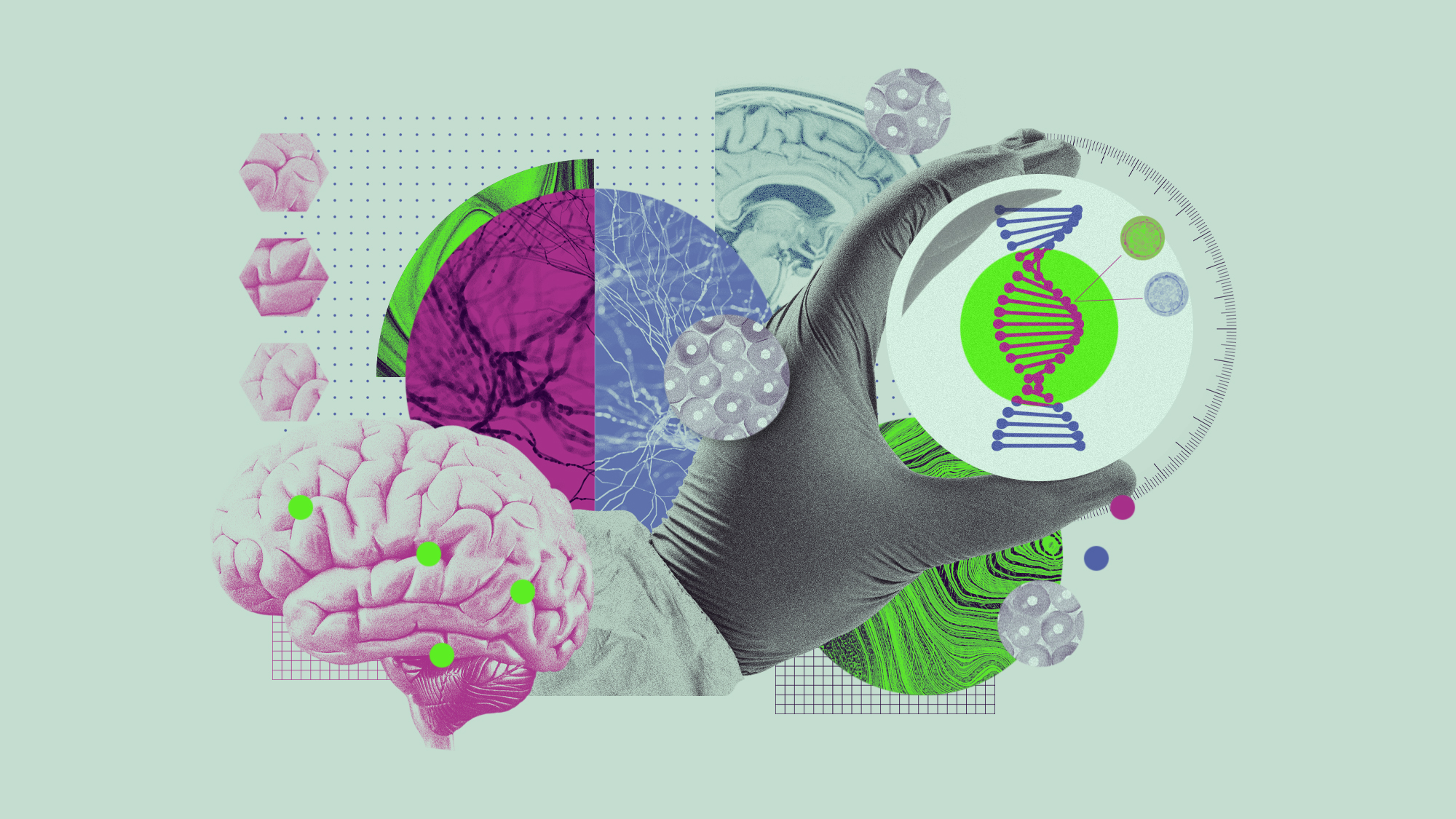 5 recent breakthroughs in biology
5 recent breakthroughs in biologyIn depth From ancient bacteria, to modern cures, to future research
-
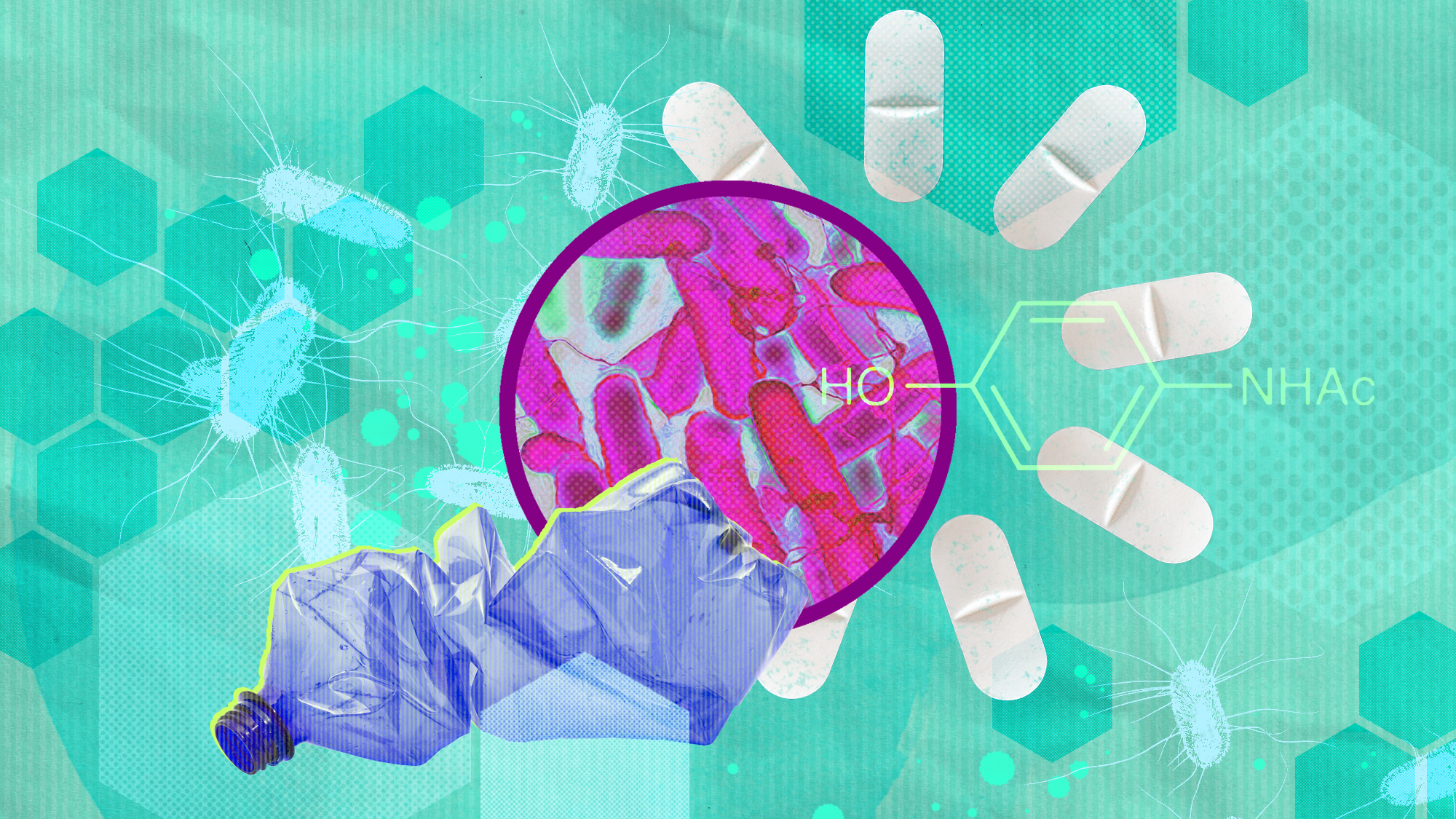 Bacteria can turn plastic waste into a painkiller
Bacteria can turn plastic waste into a painkillerUnder the radar The process could be a solution to plastic pollution
-
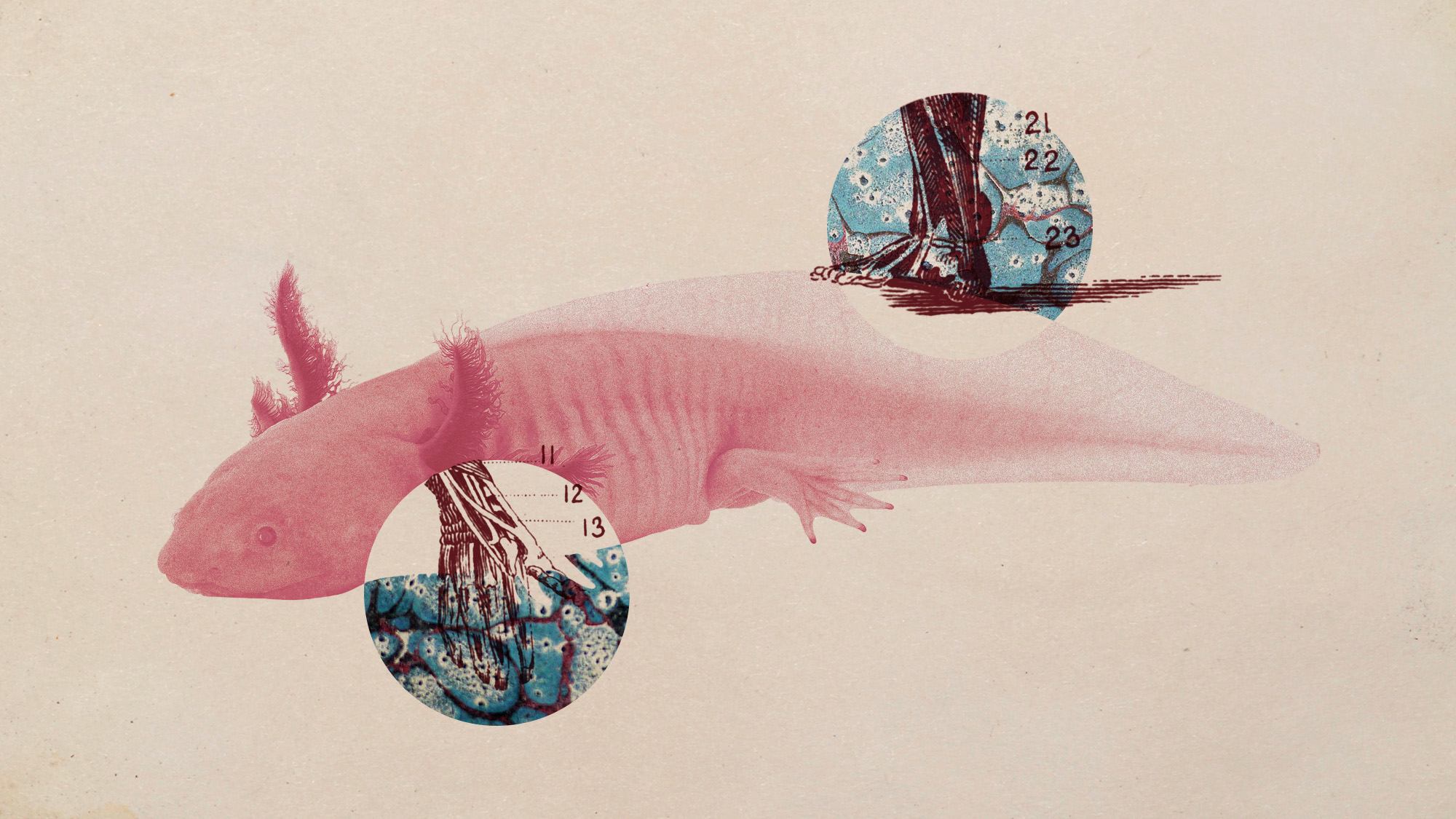 Scientists want to regrow human limbs. Salamanders could lead the way.
Scientists want to regrow human limbs. Salamanders could lead the way.Under the radar Humans may already have the genetic mechanism necessary
-
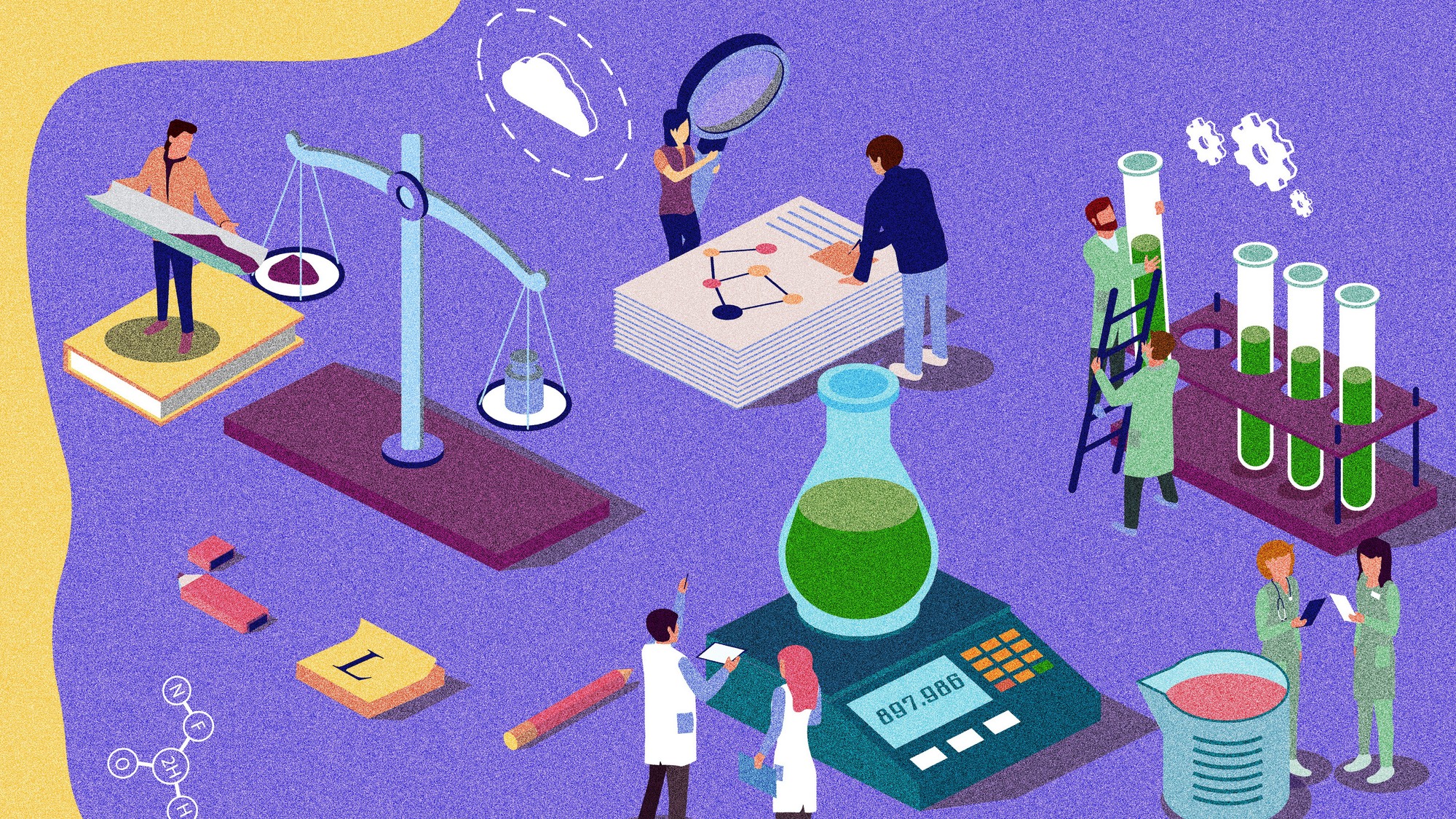 Is the world losing scientific innovation?
Is the world losing scientific innovation?Today's big question New research seems to be less exciting
-
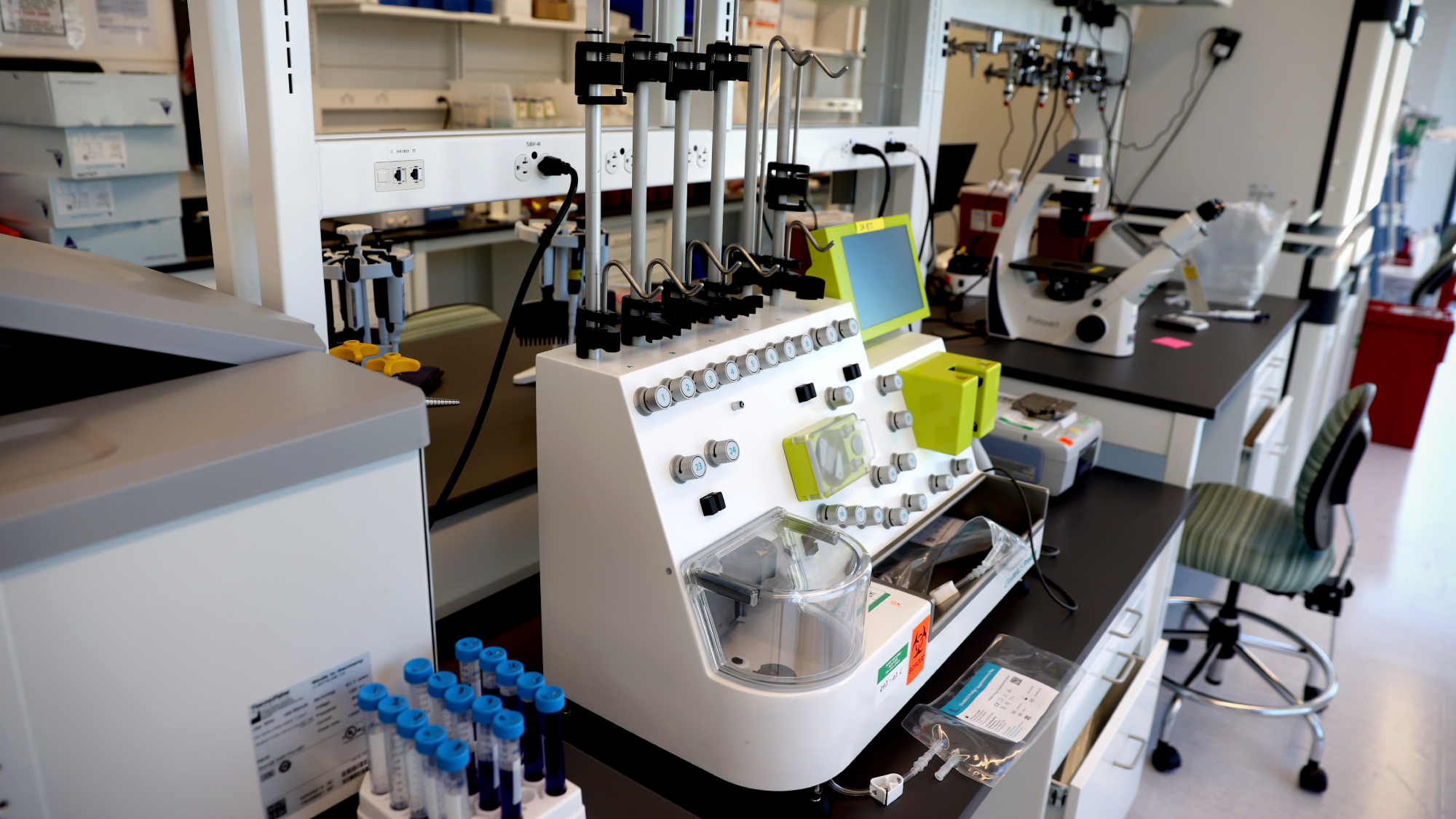 Breakthrough gene-editing treatment saves baby
Breakthrough gene-editing treatment saves babyspeed read KJ Muldoon was healed from a rare genetic condition
-
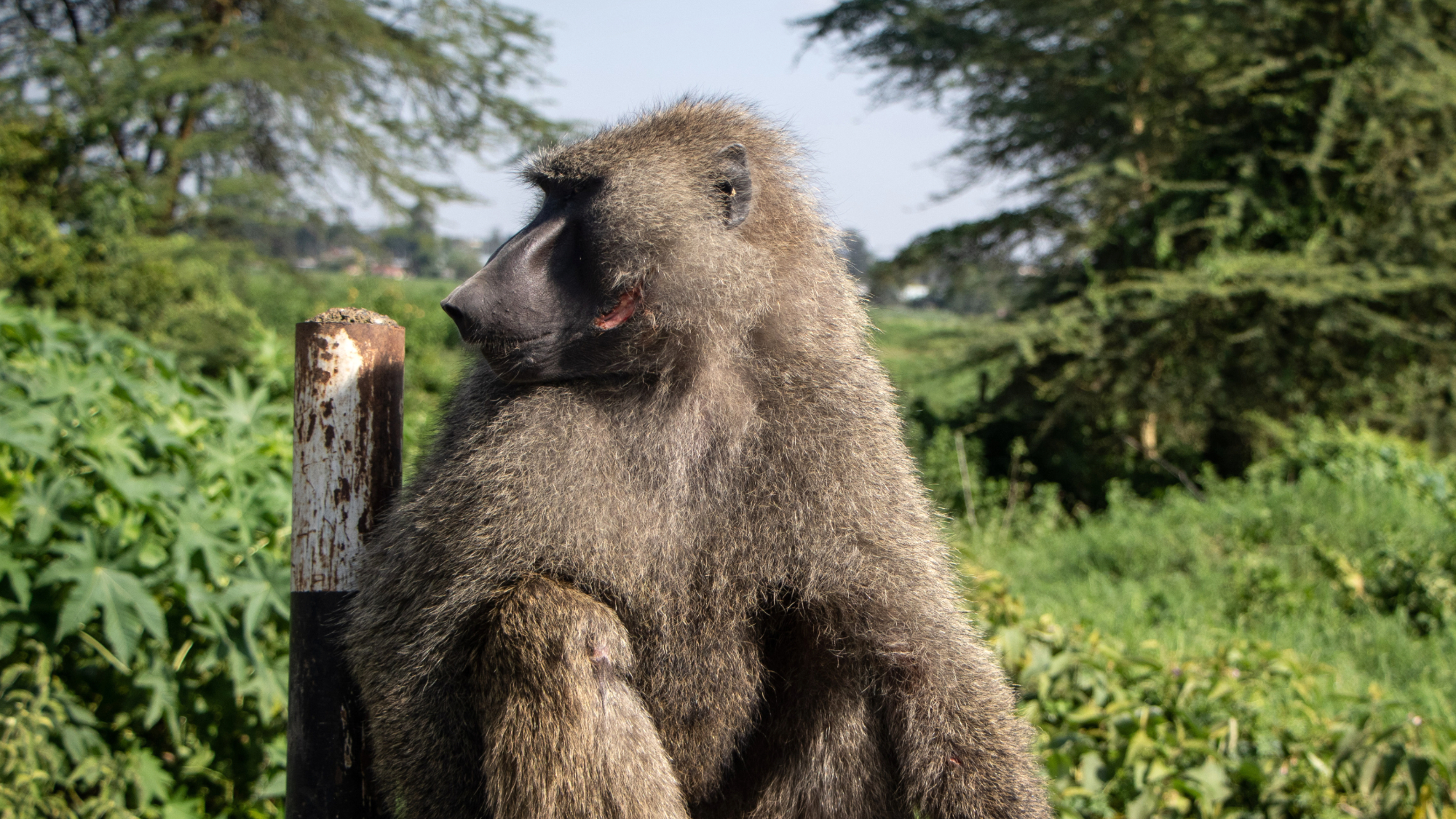 Humans heal much slower than other mammals
Humans heal much slower than other mammalsSpeed Read Slower healing may have been an evolutionary trade-off when we shed fur for sweat glands
-
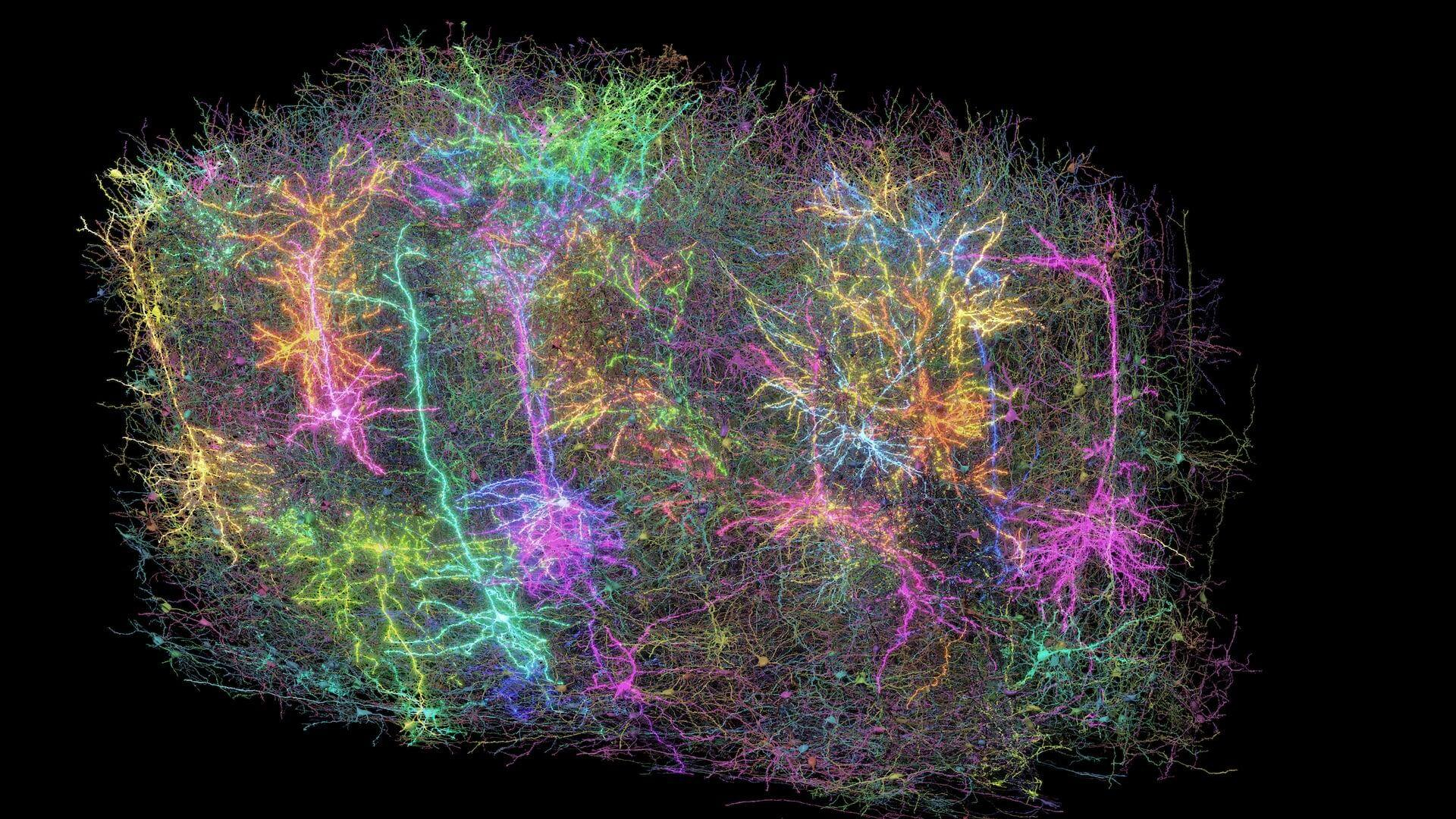 Scientists map miles of wiring in mouse brain
Scientists map miles of wiring in mouse brainSpeed Read Researchers have created the 'largest and most detailed wiring diagram of a mammalian brain to date,' said Nature
-
 Scientists genetically revive extinct 'dire wolves'
Scientists genetically revive extinct 'dire wolves'Speed Read A 'de-extinction' company has revived the species made popular by HBO's 'Game of Thrones'


